- There is hope of being able to achieve a wider coverage thanks to systems such as electronic medical records (EMR): There is a need, however, to overcome silos which constitute obstacles to the sharing of health data.
- If data pooling can be achieved, there is hope that this research will achieve cost reduction and improve quality of life. Applications include:
- medical diagnosis
- epidemic prediction (Covid-19, Flu trends, Ebola)
- gauging the public response to government health warnings sentiment analysis
- reduction in costs for healthcare systems
- The 3’vs which matter when it comes to health big data:
- Volume
- public health data collected through social media for epidemic tracking
- to ensure that volume becomes shareable, tools anonymizating the data will be required to reduce silos “see anonymization for research purposes”
- Variety
- patient records (EMRs) are stored as text and a lot of it is unstructured
- sensor data:
- clinical photographs in dermatology
- MRI scans
- Veracity
- significant effort is taken to eliminate inaccurate data
- Volume
- Note – social media is now a recognized practice within the academic community
- data collection:
- Blogs
- Message Boards and forums
- Search engine queries
- data collection:
Data privacy:
- use of personal health data
- Advances include predictive analysis and personalized medicine but what is the price to pay. When something is free or sounds to good to be true…beware….patient privacy issues is one thing but like all great endeavors, there is a dichotomy resulting from novelties (look at radioactivity).
- Wearable devices:
- It might be useful for health monitoring (heart, sleep, movement) and predictions. wearable devices blood pressure, pulse, temperature.
- Limitations include coercitive incentives by employers for example leading to employee monitoring
- Questions about the use of wearble data are: However who owns the data, what does it become, where does it all go, is an agenda hidden to keep the users trust, and with research truths being discovered, will it be strongly encouraged by employers to be used by their workers. This is only one example, but plenty of unknown drifts can arise.
- In 2016 a group of researchers in Germany and Italy published studies on fitness trackers out of 17 from different brands, all could be modified…and only 4 took corrective measures to safeguard that data veracity.
Reference: Big Data: A very short introduction by Dawn E. Holmes. Oxford University Press, 2017







